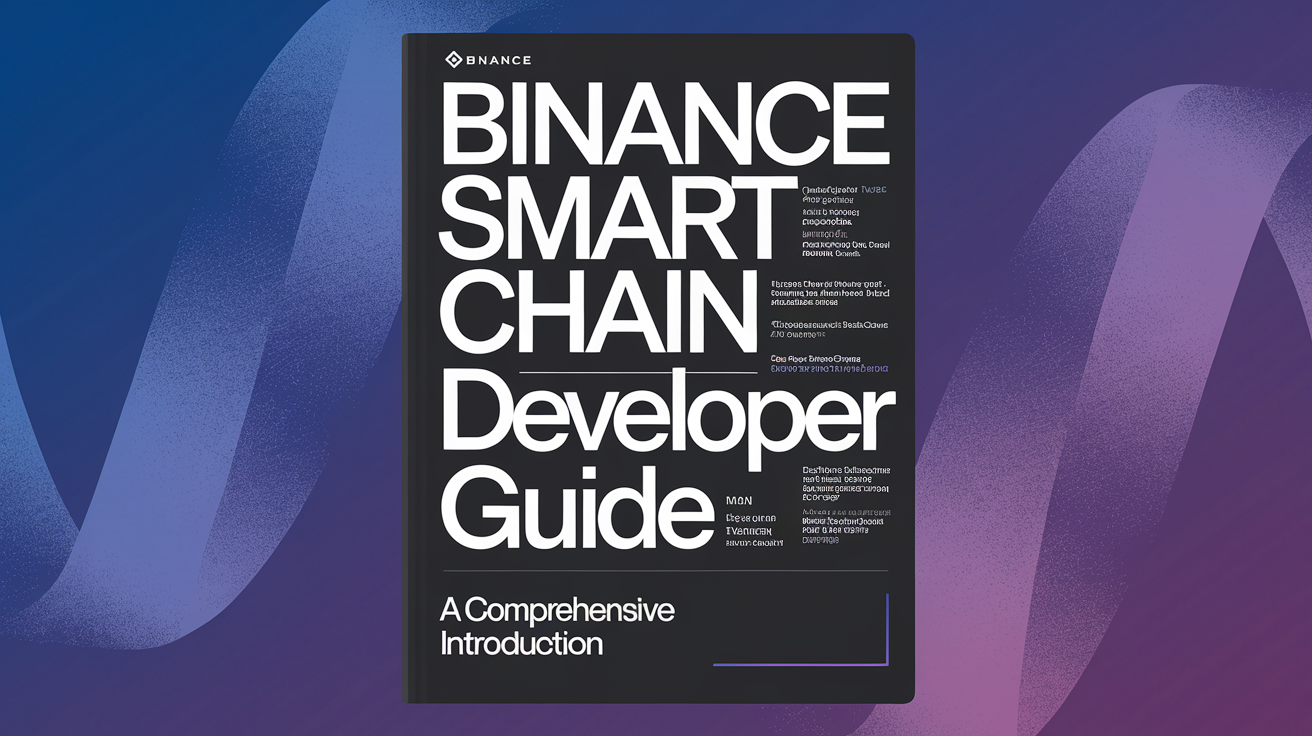Introduction
Blockchain technology, once synonymous with cryptocurrencies like Bitcoin, has evolved into a revolutionary force poised to redefine industries far beyond finance. As we look toward the next decade, the future of blockchain technology promises a decentralized, transparent, and secure framework for global systems. From reimagining supply chains to safeguarding healthcare data, blockchain’s potential is limitless. This article explores the emerging trends, industry-specific transformations, and technological advancements that will shape the future of blockchain technology, offering insights into how it will reshape our digital and physical worlds.
1. Emerging Trends in Blockchain Technology

The future of blockchain technology lies in its ability to innovate and adapt. Several key trends are driving this evolution:
- DeFi 2.0: Decentralized Finance (DeFi) platforms are moving beyond basic lending and trading. Next-gen DeFi integrates AI-driven risk assessment, cross-chain interoperability, and insurance protocols to create robust, user-centric financial ecosystems.
- NFTs 2.0: Non-fungible tokens (NFTs) are expanding into utilities like event ticketing, real estate deeds, and academic credentials, offering verifiable ownership and reducing fraud.
- DAOs (Decentralized Autonomous Organizations): These blockchain-based entities enable community-driven governance, allowing stakeholders to vote on decisions transparently.
These trends highlight blockchain’s shift from speculative assets to practical, scalable solutions.
2. Industry-Specific Transformations

Finance: The Rise of Decentralized Economies
Blockchain is dismantling traditional banking by enabling peer-to-peer transactions, slashing fees, and accelerating cross-border payments. Central Bank Digital Currencies (CBDCs), like Nigeria’s eNaira and the digital Euro, exemplify governments embracing blockchain for monetary policy. By 2030, DeFi platforms could manage over $800 billion in assets, democratizing access to financial services globally.
Healthcare: Secure Patient Data Management
Patient data breaches cost the healthcare sector billions annually. Blockchain’s encrypted, immutable ledgers allow secure sharing of medical records among providers. Companies like MedRec are piloting blockchain systems to streamline data access while ensuring compliance with regulations like HIPAA.
Supply Chain: From Farm to Table Transparency
Walmart’s use of IBM’s Food Trust blockchain to track produce from farms to stores demonstrates how blockchain ensures ethical sourcing. By 2025, over 60% of supply chains are expected to integrate blockchain for real-time traceability, combating counterfeiting and ensuring sustainability.
Real Estate: Tokenizing Property Ownership
Blockchain simplifies property transfers by digitizing titles and automating contracts. Platforms like Propy enable cross-border real estate transactions, reducing paperwork and fraud. Tokenization also allows fractional ownership, making real estate investment accessible to smaller investors.
Energy: Democratizing Power Grids
Blockchain facilitates peer-to-peer energy trading. In Brooklyn, LO3 Energy’s microgrid lets solar panel owners sell excess energy to neighbors via smart contracts, promoting renewable energy adoption.
3. Technological Advancements Fueling Growth

Smart Contracts: The Backbone of Automation
Self-executing smart contracts eliminate intermediaries in agreements. Ethereum’s upgrade to proof-of-stake (PoS) enhanced their efficiency, enabling applications in insurance (automatic payouts for flight delays) and royalties (instant payments to artists).
Layer 2 Solutions: Solving Scalability
High gas fees and slow speeds have plagued networks like Ethereum. Layer 2 solutions, such as Polygon and Lightning Network, process transactions off-chain, boosting throughput while reducing costs.
Interoperability: Bridging Blockchain Silos
Projects like Polkadot and Cosmos enable communication between disparate blockchains, fostering unified ecosystems. This interoperability is critical for enterprise adoption, allowing seamless data sharing across supply chains or financial networks.
Quantum Resistance: Future-Proofing Security
With quantum computing threatening current encryption, blockchains like QANplatform are developing quantum-resistant algorithms to safeguard data long-term.
4. Challenges and Considerations
- Regulatory Hurdles: Governments struggle to balance innovation with oversight. The EU’s MiCA framework aims to standardize crypto regulations, but global consensus remains elusive.
- Sustainability: Bitcoin’s energy consumption sparked criticism. However, Ethereum’s PoS transition reduced its carbon footprint by 99%, setting a precedent for eco-friendly blockchains.
- Scalability vs. Decentralization: Networks must avoid compromising decentralization for speed. Hybrid models, like Solana’s proof-of-history, aim to achieve both.
5. The Road Ahead: Predictions for 2030
- Mainstream CBDCs: Over 90% of central banks will pilot digital currencies, reshaping global finance.
- Blockchain in Voting: Secure, remote voting systems could increase electoral participation by 40%.
- AI-Blockchain Fusion: AI will enhance smart contract capabilities, enabling predictive analytics for supply chains and healthcare.
- Metaverse Integration: Blockchain will underpin ownership economies in virtual worlds, with NFTs representing land, avatars, and assets.
Conclusion
The future of blockchain technology is a tapestry of innovation, collaboration, and resilience. As industries embrace decentralization and governments navigate regulatory frameworks, blockchain will emerge as the backbone of a transparent, equitable digital economy. By addressing challenges head-on and leveraging advancements like quantum resistance and AI integration, blockchain will transcend its crypto origins, becoming indispensable to global progress. For businesses and individuals alike, understanding this transformative force is no longer optional—it’s essential to thriving in the decentralized future.
5 FAQs on the Future of Blockchain Technology
1. What are the key trends shaping the future of blockchain technology in 2024?
Answer: Key trends include the rise of enterprise blockchain adoption, decentralized finance (DeFi) expansion, integration with AI/IoT, regulatory clarity, and sustainable blockchain solutions to reduce energy consumption.
2. How will blockchain revolutionize industries beyond finance?
Answer: Blockchain will enhance transparency in supply chains, secure healthcare data, automate legal agreements via smart contracts, streamline real estate transactions, and improve voting system integrity.
3. Will blockchain replace traditional banking systems?
Answer: While blockchain will disrupt traditional finance through DeFi and CBDCs (Central Bank Digital Currencies), collaboration between banks and blockchain systems is more likely than full replacement.
4. What role do smart contracts play in blockchain’s future?
Answer: Smart contracts will automate processes across industries, reduce reliance on intermediaries, and enable trustless transactions in sectors like insurance, logistics, and intellectual property.
5. Are there risks to blockchain’s widespread adoption?
Answer: Challenges include scalability limitations, regulatory hurdles, interoperability between networks, and environmental concerns linked to energy-intensive consensus mechanisms like Proof-of-Work.




